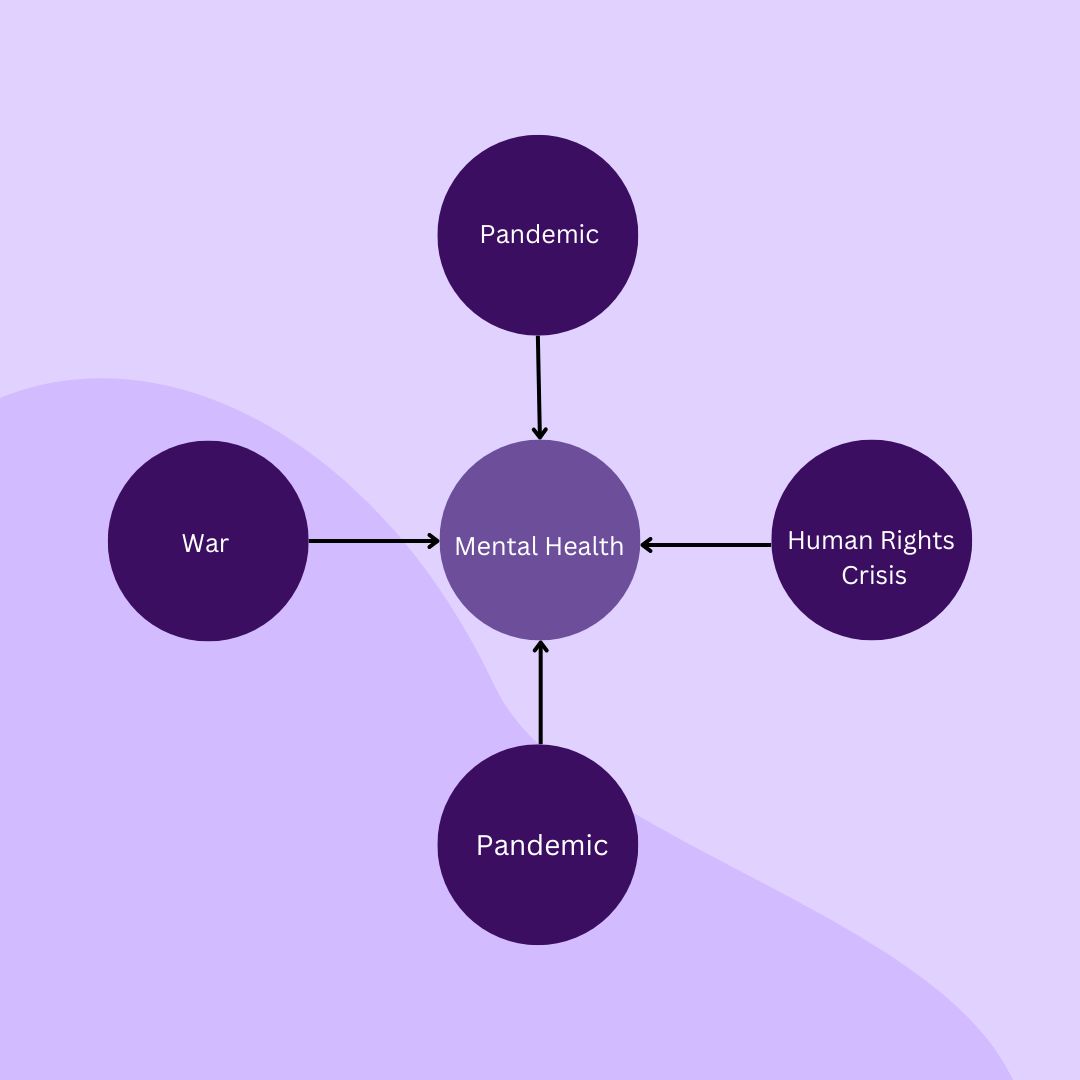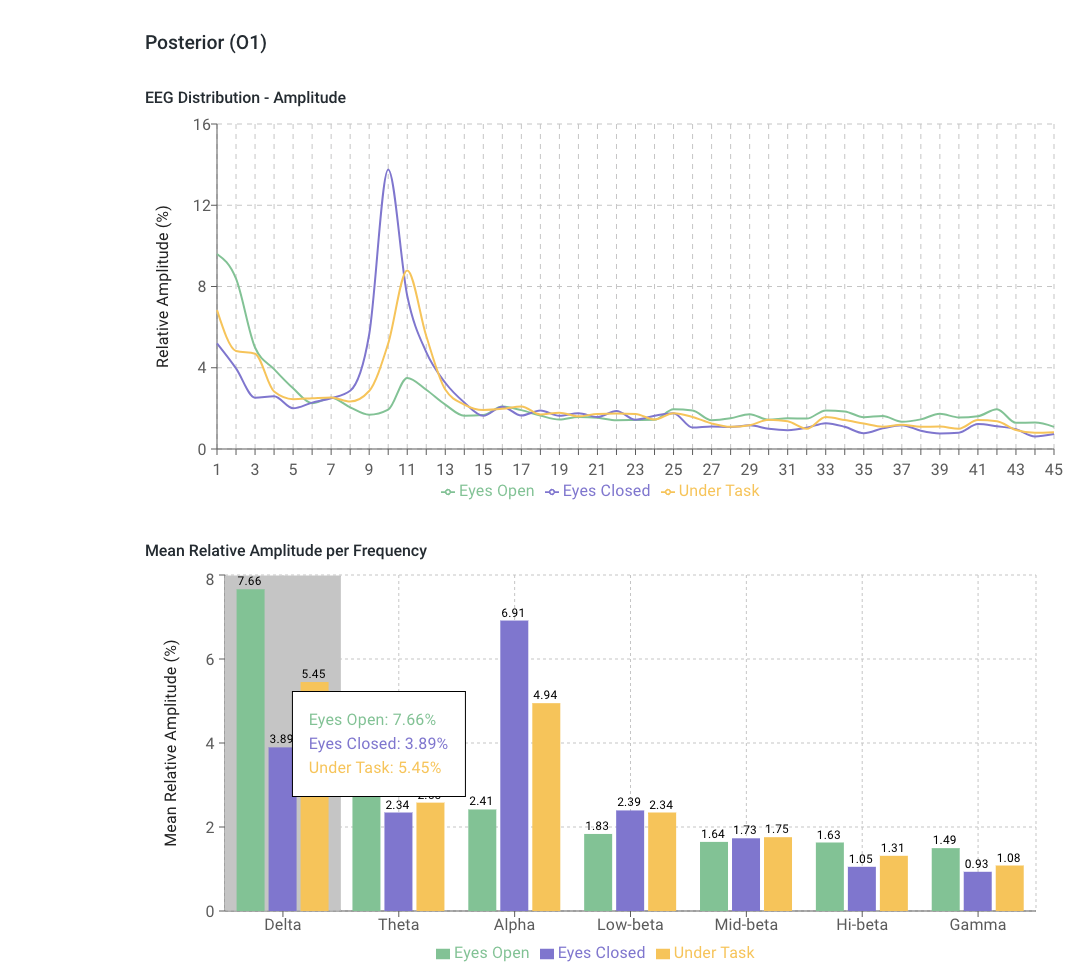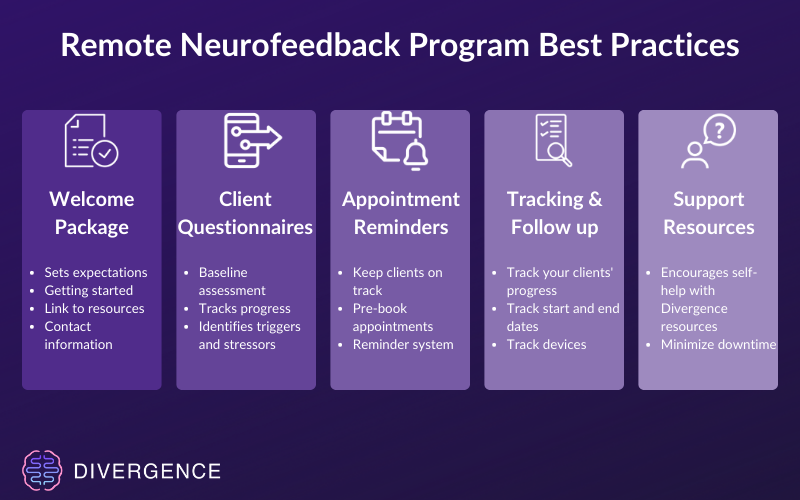Building Resilience in a Turbulent Time
Welcome to the brand new Divergence Neuro Blog, my name is Alex Ni and I am the CEO of Divergence Neuro. I, and my colleagues here at Divergence, are excited to share our mental health tech journey with all of you. Stay tuned to learn more about mental health, neuro science, neurofeedback, technology and how we can make a positive impact on the mental well-being of our communities.
In this part 1 of a two-part blog series, I explore some of the external factors that are shaping the current mental health crisis and the data that underlies it all. In the second part, I will explore what Divergence has been up to this past year to address these challenges head on using technology.
A Turbulent Year
As the past year commenced, a series of tragic events took place worldwide. These traumatic events revolve around the 2019 pandemic, politics, the recession and human rights issues. As I reflect upon the past two years of our journey, I can’t help but remember that merely a year ago, when I looked at the first year of Divergence’s existence, I could have never imagined all the ways in which our world would have been significantly disrupted. A year ago, it felt as though we were just coming out of the worst period of the pandemic, with the need for some major upgrades in mental health services, driven by a drastic increase in need for mental health support. I reflected upon our work and the days ahead optimistically, while calling for a wider change of policy and increase of investment in peoples’ well-being.
Meanwhile, the psychological drain continues to loom large from the ongoing pandemic, coupled with an economy that appears to be heading into a recession.

The impact of these events has created a significant shift in the general sense of well-being within society and is adversely impacting individuals and organizations.
A Sobering Look
Based on the 2022 World Mental Health Report from the WHO:
- In all countries, mental health disorders are highly prevalent and largely under-treated;
- Mental health disorders are the leading cause of years lived with disability;
- Suicide remains a major cause of death globally;
- Mental health systems all over the world are marked by major gaps in governance, resources, services, information and technologies for mental health;
- Several factors stop people from seeking help for mental health conditions:
- Limited access to quality services,
- Low levels of health literacy about mental health, and
- Pervasive Stigma.
Closer to home: the percentage of generalized anxiety disorder (GAD) cases in the US went up from 27.3% (Oct, 2021) to 31.7% (Sept, 2022), while depression stats went from 21.8% to 24.2% (Statista, 2022). In the US and Canada, more than 67% of adults have experienced some form of anxiety episode at some point in their life. While other data from 2022 from all countries is still emerging, we have been continuously hearing about the strain experienced by our customers (mental health service professionals) to meet the growing demands for their time.
Burnout as Code for Health Crisis
In the data coming from a segment of the Canadian workforce surveyed by Occupational Health Clinics for Ontario Workers, among the 24 Ontario colleges, faculty are reporting the following on burnout: “Compared to the national average burnout rate reported in a previous period ending in July 2022, survey data suggests that the rate has gone up to 60% among college workers, in comparison to the national average of 50%.”
A higher degree of generalized anxiety is a particularly relevant contributor to the burnout we are observing. The percentage of workers affected by GAD reported in the college systems has increased to 35% (severe and moderate responses aggregated), up from 27% the previous year.
A broader workforce survey concluded: “nearly a third (31%) of workers surveyed said their mental health has declined over the past year – up from 24% at the end of 2020. 84% of workers surveyed experienced at least one mental health challenge over the past year, from issues such as stress and burnout to diagnosable conditions including depression, anxiety, bipolar disorder, and PTSD.”
It has been a turbulent year. Evidently, these forces at play have been significantly dysregulating, if not traumatizing to many who have been impacted by them. This is a time that calls for increased resilience, and more effective tools to help people get there.
What Does Resilience Mean?
The growing mental health crisis is in dire need of intervention to support a failing infrastructure. In my reflection on LinkedIn last year, I outlined some of the limitations of accessing mental health care. While access to mental health service has not changed significantly within fiscal 2022, individuals and communities are clearly finding means to support mental resilience:
- Workers are making career choices that fit their lives – leaving sometimes demeaning and mundane jobs in favour of more creative and meaningful work;
- More startups have been created during 2022 when compared to 2021;
- More funds have been devoted to health and digital access of wellness products; and
- There has been more public acknowledgement of the need for better care of psychological well being;
Clearly the trends are showing that in absence of a supportive network of tools for increasing mental resilience, individuals and organizations are seeking out strategies that lead to lowered stress and mental load on their own.
...Part 2
In part 2 of this two-part blog series I will go into depth about what we, at Divergence, have been doing to build technology that addresses these critical mental health challenges.




